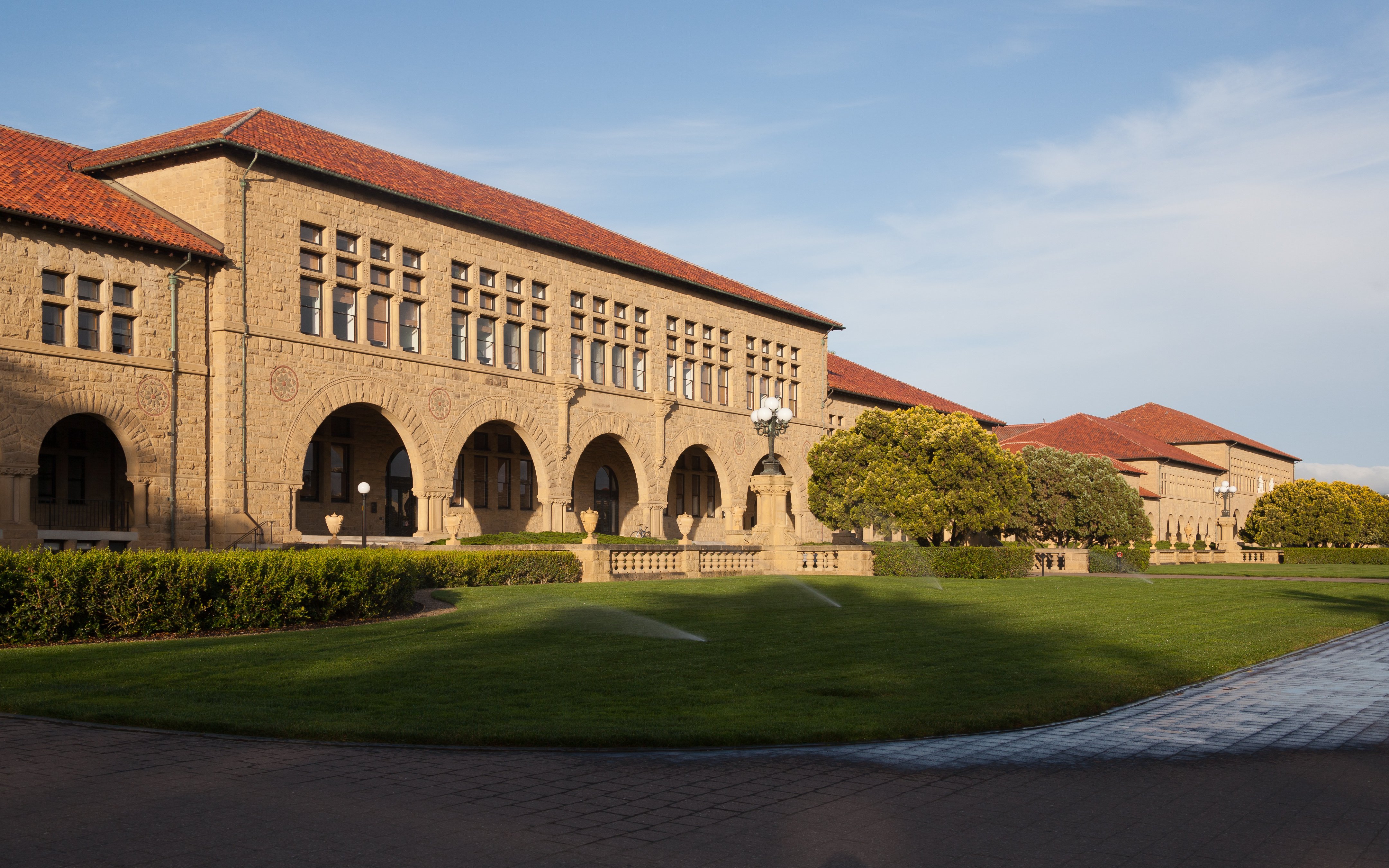Many Stanford students applauded the decision of several introductory STEM classes to switch to a Satisfactory/No Credit (S/NC) grading system due to the pandemic, saying it leads to more accessibility and better engagement with course material.
The S/NC grading system assigns students either a mark of “Satisfactory” (meaning a pass) or “No Credit” for a class. While many departments, such as the biology, symbolic systems and chemistry departments, require classes to be taken for a letter grade to fulfill major requirements, departments which have instituted S/NC grading allow these courses to fulfill major requirements, given the exceptional circumstances this year.
Now, upwards of 20 introductory STEM classes have adopted the S/NC grading system; however, the letter grade system still remains the norm.
This decision has not been without controversy, however. Students have pointed out in the past that S/NC grading could be detrimental for students hoping to attend law and medical schools, which rely heavily on GPA for admission decisions. In a Faculty Senate meeting last March, former Associated Students of Stanford University President Erica Scott ’20 said, “[S/NC grading] does deny students a chance to earn a letter grade which can be very, very important for certain subsets of students.”
The physics department has instituted mandatory S/NC grading for its three introductory sequences. Physics Education Specialist Chaya Nanavati wrote in a statement to The Daily that the decision to offer the introductory courses S/NC was made in the interest of fairness.
“That way all students could focus on mastering the material without the need to worry about a letter grade,” Nanavati wrote.
Isaac Aguilar ’24, a current student enrolled in PHYSICS 61: “Mechanics and Special Relativity,” said he viewed the grading system as fair given the outside circumstances and added that the S/NC system encouraged him to try the class out.
“[The grading system] gives me some leeway about how it would affect my future classes,” Aguilar said. He added that S/NC grading would give him “the necessary experience to continue in physics.”
Hunter Liu ’24, another student enrolled in PHYSICS 61, said that he likewise found the system fair. He said the system may allow students who are interested in the material to take the class under a less stressful setting.
“You don’t have to worry too much about, you know, trying to get a good grade,” Liu said. “I think it’s more about actually learning the concepts. It’s a nice way to explore without having the pressure.”
Acknowledging the difficulties some students may have with technology, Liu said that the grading system is fair for students who may have accessibility issues.
Another class which has adopted the S/NC grading system is BIO 83: “Biochemistry and Molecular Biology.” BIO 83’s teaching team told enrolled students in an email that “We made this grading decision after careful deliberation and consideration of how we can best serve our students at this time to address the multiple challenges we face.”
Alana Memin-Bunnell ’23, a student in BIO 83, said that under the new grading system, students remained passionate about the material and motivated to learn.
“[S/NC grading] really allows you to want to do well and want to engage with the material,” Memin-Bunnell said.
“I’m a big fan of the class. I think that they’ve done a great job of transferring it to Zoom,” she added.
Contact Stefan Velculescu at svelcul1 ‘at’ stanford.edu.
